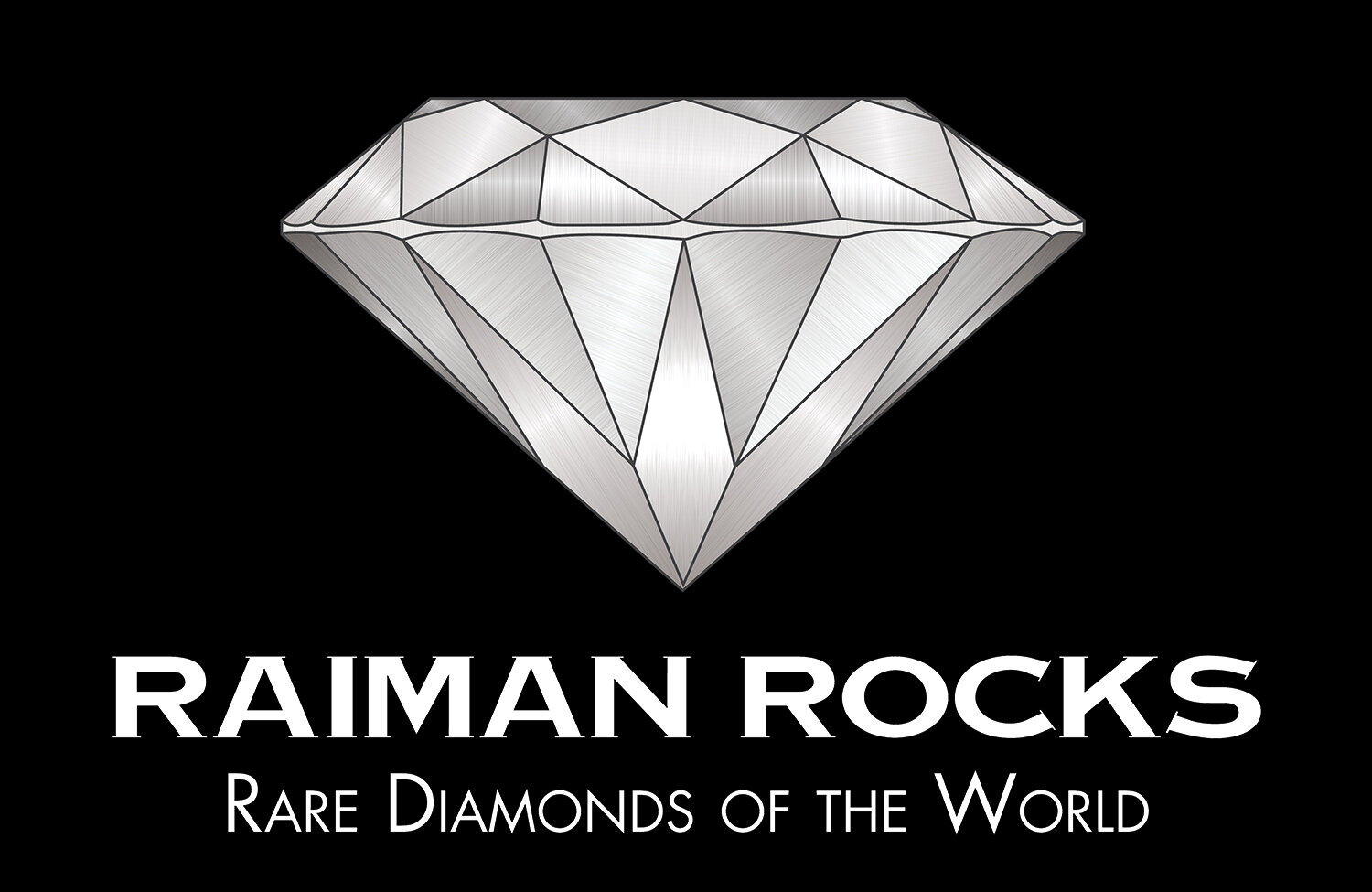How to evaluate a diamond - The 4 C’S
CUT
When talking about the cut of a diamond, we refer to the craftsmanship of the finished stone. While nature dictates the color and clarity – and to some extent, the carat weight – of a diamond, man is responsible for the overall finish. It is the cut quality that brings a gem to life.
Aspects such as how the facets interact with light, the proportions of the diamond, the brilliance (light returning to the eye), dispersion or ‘fire’ (spectral colors), contrast and scintillation (sparkling with movement) are all maximized in a perfectly cut diamond, and are important factors in a diamond’s value and beauty.
CLARITY
Clarity is considered important in the value of a diamond because diamonds with a higher clarity are rarer in nature.
Inclusions (internal flaws) and blemishes (surface flaws) are present in the majority of diamonds to some degree. In the rare cases when neither is present, the diamond is considered ‘flawless’. When grading the clarity of a diamond, a lab will identify the inclusions and blemishes and consider their effect on the overall appearance of the gem. It is usually the size and severity of these imperfections that determine the grade.
Since many inclusions and blemishes are too small to be seen with the naked eye, it has become industry standard to determine the final clarity grade of a diamond using 10x magnification.
• GRADING AND THE CLARITY SCALE :
Clarity is graded according to a scale starting at FL (flawless – the highest clarity) to I3 (Included 3 – the lowest clarity). The system was designed by former president of GIA, Richard T. Liddicoat, in order to standardize grading terms. Jewelers had been using a variety of vague descriptions, often leading to misinterpretation, until Liddicoat’s new terminology became widely used in the 1950s.
The system is still used as a universal standard today:
• CLARITY GRADES :
Flawless diamonds have no internal inclusions or blemishes on the surface. On the other end of the scale, included diamonds (I1, I2 & I3) have obvious inclusions which can sometimes be seen with the naked eye. In some cases, these inclusions can have a negative impact on the durability of the diamond.
COLOR
When it comes to color, lack of color is preferable in white diamonds. Most have a visible yellow or brown tint, while those that are perfectly colorless are considered the highest quality and are usually the most valuable.
Color is graded using a master set of diamonds specifically chosen based on their range of color. Diamonds with more than a ‘Z’ color are known as ‘Fancy Color Diamonds’ and are graded on a separate scale.
CARAT (WEIGHT AND SIZE)
The weight or size of a diamond is measured in carats (ct.). One carat weighs 0.2 grams and is divided into 100 points, so a diamond weighing 1.07 ct. is referred to as “one carat and seven points.”
CARAT WEIGHT
• CARAT WEIGHT AND DIAMOND VALUE :
Carat weight is the most objective of the diamond’s 4Cs. A gemological laboratory or appraiser will be able to give an accurate carat weight using a diamond scale.
As carat weight increases, the value of the diamond increases as well. However, because larger diamonds are so much rarer than smaller ones, the price increase is exponential.
For example, a 2-carat diamond of a given quality is always worth more than two 1-carat diamonds of the same quality.
A large diamond is not always more valuable than a smaller one, however. Other factors such as Cut, Color and Clarity must be taken into account as these are more subjective and can affect a diamond’s value hugely. If a diamond is cut too deep or too shallow, for example, it may look small for its size or lack brilliance. It is important to remember that diamonds of the same carat weight don’t necessarily appear to be the same and may not be comparable.

